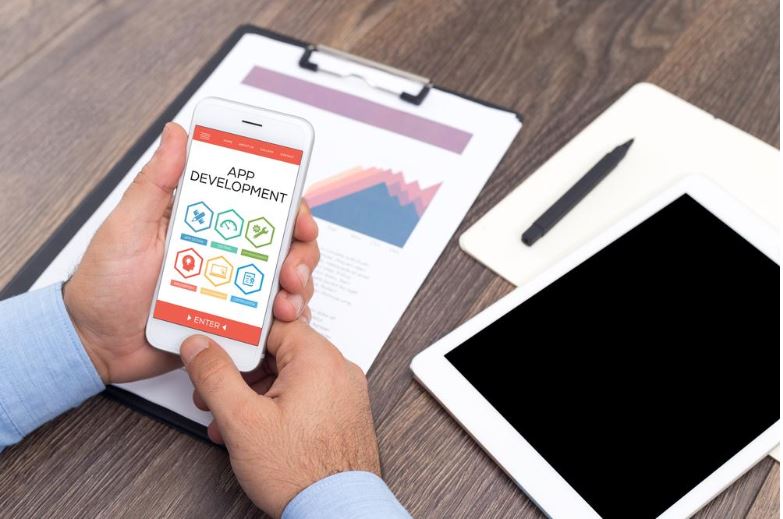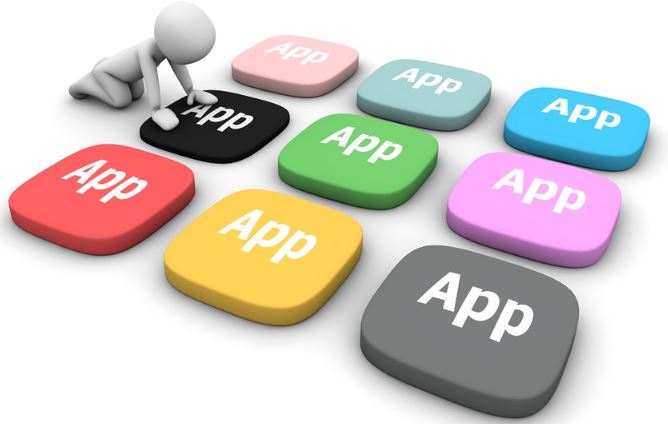 It is no surprise that in 2019, the mobile market is growing at an incredibly fast rate. If you are an app developer, chances are you are looking to release a product that your audience finds interesting, innovative and most importantly, easy to use. To avoid the costs of mistakes down the road, ensuring that your app is performing to the best of its ability with the help of usability testing is essential.
It is no surprise that in 2019, the mobile market is growing at an incredibly fast rate. If you are an app developer, chances are you are looking to release a product that your audience finds interesting, innovative and most importantly, easy to use. To avoid the costs of mistakes down the road, ensuring that your app is performing to the best of its ability with the help of usability testing is essential.
Usability testing is one of the most important steps to ensuring that your app will be a success in the real world, and a tool that can be used to perfect your product before you launch. In today’s article, we have a look at usability testing in app development, so read on to find out more!
1. Set Your Objectives
The first step to conducting usability testing in app development is to set your objectives. What questions are you looking to answer with your usability test? What areas of your app are you looking to gain an unbiased opinion on? There are a few goals that you will have to set before carrying out usability testing. One of the best ways to set goals is to use a technique that involves interviewing the app’s investors to explore important areas of concern.
It is important that the goals you set for your usability testing are measurable, specific and prioritised. Once you have come up with these goals, you can perform usability testing and collating metrics which will allow you to improve on your app before its launch.
2. Start As Soon As Possible
The key to developing a successful app is to start usability testing as soon as possible. Instead of leaving it to the 11th hour which may end up costing you unnecessary expenses to fix problems so far down the line, it is important that you get users involved as soon as possible. You can start by offering testers basic prototypes that can demonstrate your app’s basic functionality and what it offers.
Starting early is key to avoiding frustration as it can cost you tremendous resources to implement changes after the majority of your app development is done. Early usability testing for apps also allows you to ensure that usability is at the forefront without the distraction of design or other components that may take attention away from the main focus.
 3. Identify The Tasks To Be Performed
3. Identify The Tasks To Be Performed
Usability testing is more than just sticking a bunch of strangers in a room and asking them to review your mobile app. Coming up with concrete objectives and identifying the tasks that you’d like your users to perform is key. Focus on keeping these tasks short, simple and easy to navigate. Tasks should typically be one sentence long and should advise the user of the interactions that you need them to perform. Tasks should also mimic natural interactions that a user may have with your app and be realistic, actionable and ordered in a sequence that ensures the smoothest flow.
4. Decide on Test Participants
Choosing your test participants can be a tricky ordeal. On one hand, you want to choose users who will give you 100% unbiased opinions, and on the other hand you are looking for people who are tech-savvy and will understand your concept and vision. Whenever possible, we suggest you pick individuals who work on real devices in real-life environments. Participants should have used their devices for at least 3 months, ensuring that any difficulty they face is not from the usage of their device.
Start by gathering a sample of users from your target demographic and try to include as many devices and platform types as possible to get the most diverse results. Your participants should also be available at the time, place and frequency of your usability testing for the most accurate results possible.
5. Avoid Micromanaging
When carrying out your usability testing, it is important that you avoid micromanaging your test subjects. You should only provide the amount of structure and guidance needed to keep your users on track. The entire usability testing process should be one that allows self-discovery for both users and observers.
Your main focus is to study how users react to your app in the most organic way possible, so avoid disrupting the test or asking too many questions. If you need to ask questions, hold back until the end of the session keep questions specific enough to solicit constructive feedback.
6. Analyse and Utilise Your Data
Lastly, the whole purpose of usability testing is to pool data about your app’s usability for in-depth analysis. The real work starts after the testing phase – with the data you have collated, you can conduct in-depth analysis and come up with concrete conclusions about how your app needs to be improved on.
Don’t forget to thoroughly review all the data that you have acquired to identify patterns, trends and the general consensus of what needs to be worked on to make your app more user-friendly.
___________
We hope that his overview of usability testing in app development has given you some valuable insight about how you can go about using user testing as a tool to develop your mobile app to reach its highest potential.

